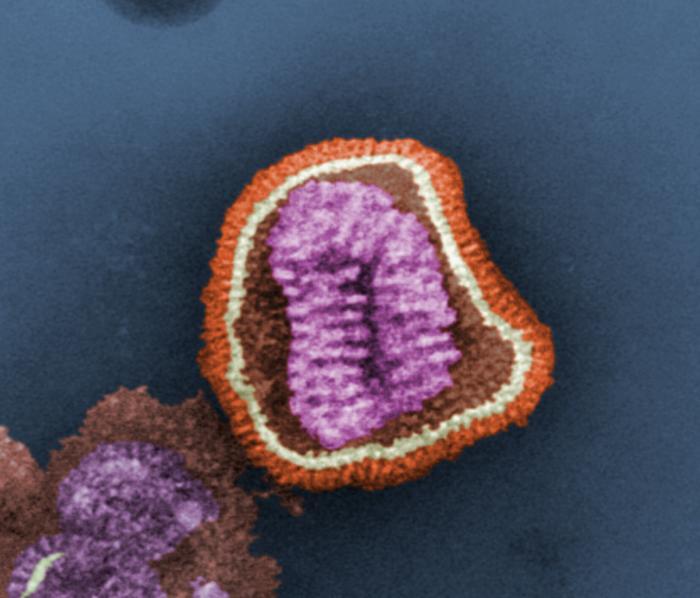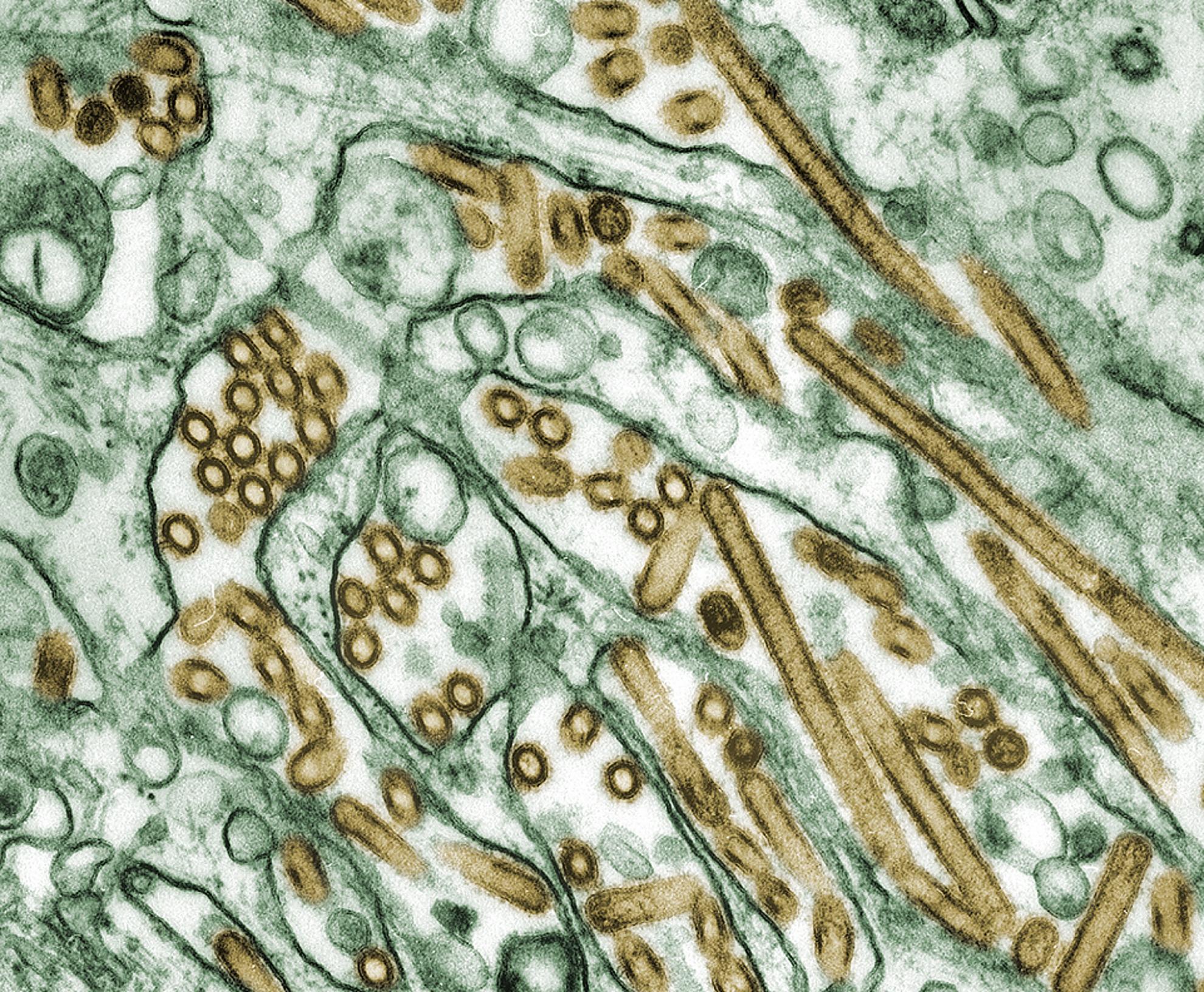Cross-species infectivity of H3N8 influenza virus in an experimental infection in swine
Avian influenza A viruses have gained increasing attention due to their ability to cross the species barrier and cause severe disease in humans and other mammal species as pigs. H3 and particularly H3N8 viruses, are highly adaptive since they are found in multiple avian and mammal hosts. H3N8 viruses have not been isolated yet from humans; however a recent report showed that equine influenza A viruses (IAV) can be isolated from pigs, although an established infection has not been observed so far in this host. To gain insight into the possibility of H3N8 avian IAV to cross the species barrier into pigs, in vitro experiments and an experimental infection in pigs with four H3N8 viruses from different origins (equine, canine, avian and seal) were performed. As positive control, a H3N2 swine influenza virus A was used. While equine and canine viruses hardly replicated in the respiratory apparatus of pigs, avian and seal viruses replicated substantially and caused detectable lesions in inoculated pigs without previous adaptation. Interestingly, antibodies against HA could not be detected after infection by hemaglutination inhibition test (HAI) with the avian and seal virus. This phenomenon was observed not only in pigs but also in mice immunized with the same virus strains. Our data indicated that H3N8 IAV from wild aquatic birds have the potential to cross the species barrier and establish successful infections in pigs that might spread unnoticed using HAI as diagnostic tool.IMPORTANCE SECTION Although natural infection of humans with an avian H3N8 influenza A virus has not yet been reported, this influenza A virus subtype has already crossed the species barrier. Therefore, we have examined the potential of H3N8 from canine, equine, avian and seal origin to productively infect pigs. Our results demonstrated that avian and seal viruses replicated substantially and caused detectable lesions in inoculated pigs without previous adaptation. Surprisingly, we could not detect specific antibodies against HA in any H3N8-infected pigs. Therefore, special attention should be focused towards viruses of the H3N8 subtype as they could behave as stealth viruses in pigs.


